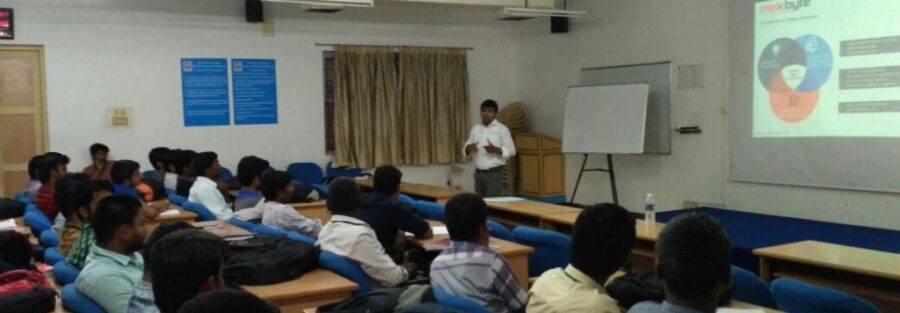The Internet of Things (IoT) is in the midst of an explosion, as more connected devices are increasing. But there’s not enough talent with the right skills to manage and execute on IoT projects. Insufficient staffing and lack of expertise is the top-cited barrier for organizations currently looking to implement and benefit from IoT, according to research from Gartner.
Grooming the next age IoTians is the need of the hour. Educating IoT should also be the IoT way, yes it should be the connected Training! Immersing the trainees in the training, providing a connected training. For example, gamification has been made possible through a combination of mobile technologies, the application of the science of distributed practice and retrieval practice and the widespread adoption of mobile devices, as well as the result of a generation who has grown up playing video games entering the workforce.
Gamification is a large trend that appears to be growing in both use and acceptance. Using a combination of the science of motivation, distributed learning, and other neuroscience foundations, gamification takes advantage of game elements to engage learners. It is important to realize that this trend should focus on the engagement elements of games—and not necessarily just trying to make things “fun.”
The goal is actually engagement of learners, using the same engagement techniques that game designers use, such as story, immediate feedback, and the freedom to fail. Here is a real-time case study of implementing a IoT training that explains how game elements can make learning more engaging.
We applied the following elements in the training elements,
- Curiosity: Creating curiosity within the learner, and can motivate the learner to fill in gaps and locate discrepancies in information. Providing them a big picture of what they are being trained and giving them a taste of the next day’s session creates a curiosity to the IoTians.
- Being In action: Starting with a list of objectives; start with the learner making a decision, moving from point A to point B or selecting a plan of action. Involve the learner immediately in the learning process action and interactivity engages learners. Giving them the final objective and roadmap to reach the objective was demonstrated.

- Challenge: Start learning with a challenge: something that is difficult, that requires deep thinking, and that cannot be achieved by guessing. Pose a difficulty scenario. For example, giving them a scenario which would need the application knowledge of what they are learning or will be learning.

- Visibility: Creating visibility in the progress of the training. Progress bars, levels indicating the closeness to the end goal.

- Instant Feedback: Creating Medium for instant feedback on the content, quality and delivery would make the program closed loop. Motivating associates to be a part of the feedback program by rewarding them points in the way the associate will be assessed.
We at Maxbyte Technologies implement these strategies to incubate our fresh entrants to the IoT world. We also demonstrated the success of this strategies in training the next gen IoTians from Institutes and corporates.
The training content starts with the big picture of IoT, the market study and the future bang for connected products. It gives an overview of IoT architecture and takes them through the brief of each layer. Overview of IoT ends with the real-time case study of Maxbyte Technologies. In this way, a curiosity on the topic increases amongst the trainees.
A challenge is given to all the trainees to demonstrate their learning with a real-time case study at the end of the training. It internally motivated them to imagine how each feature or function they have been introduced during the training will help them to realise their challenge. Also, it increased the interaction level during the session.
A mobile based application was developed for assessment and feedback, which had a privilege to provide instant feedback by the trainees. This was a chance to make the program dynamically robust – A closed loop session.
Overall the outcome of the program in terms of quality, content, involvement and application was highly appreciable. Which reflected in the feedback, assessment and the quality of the application ideas.




